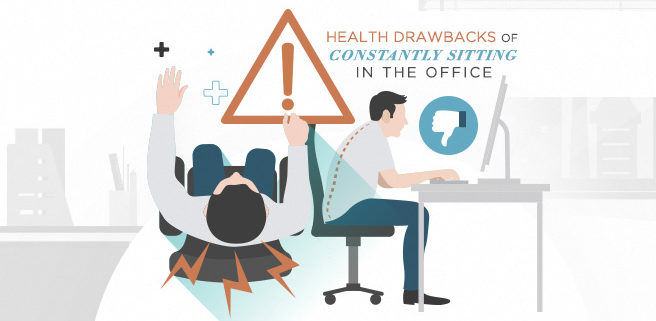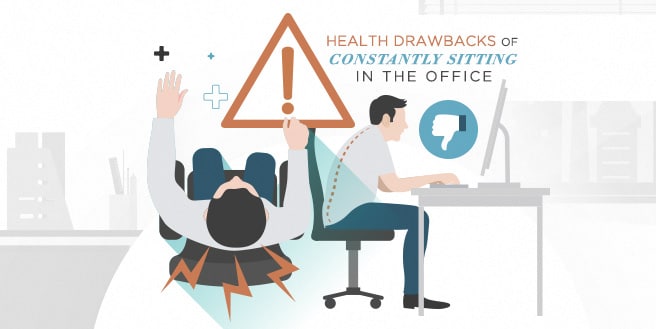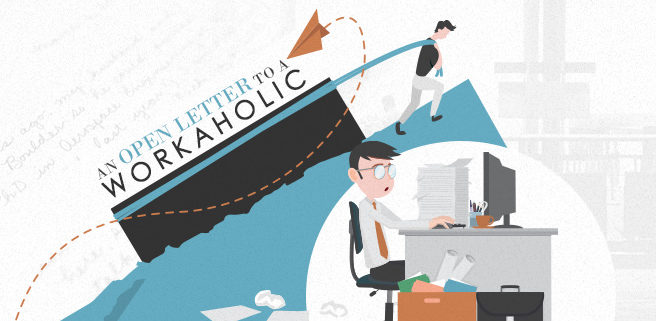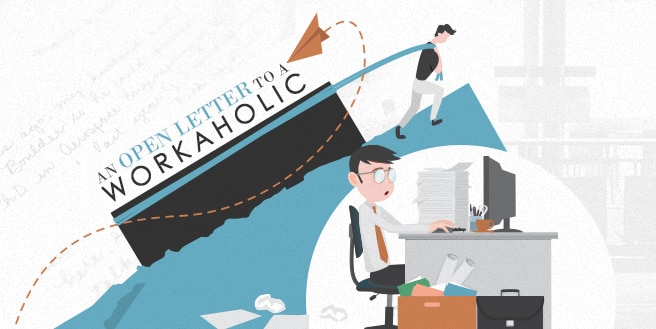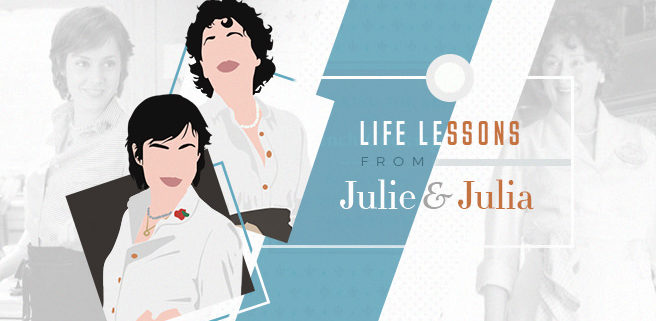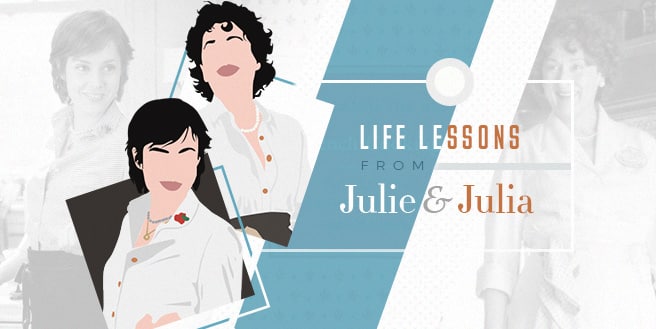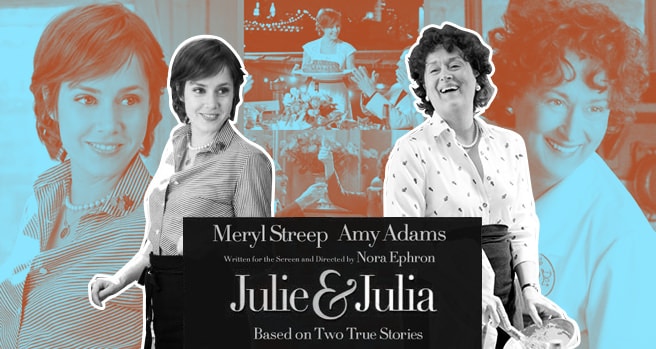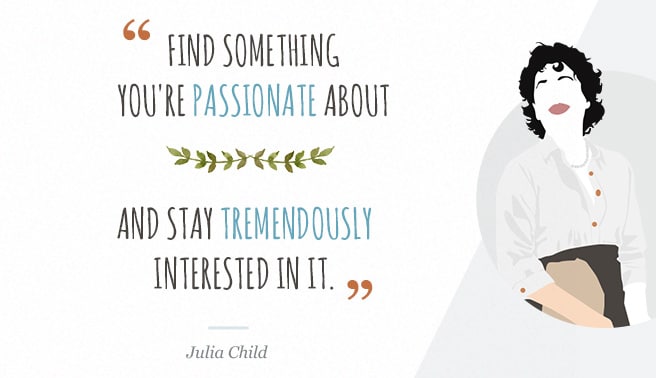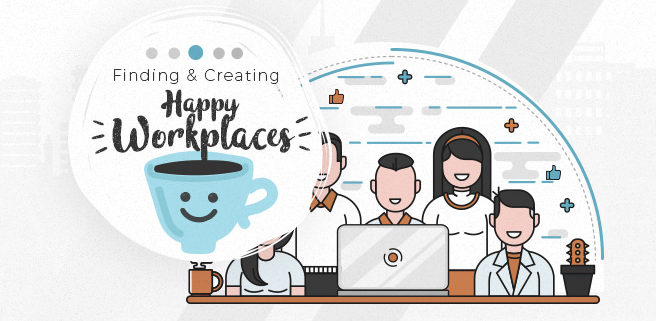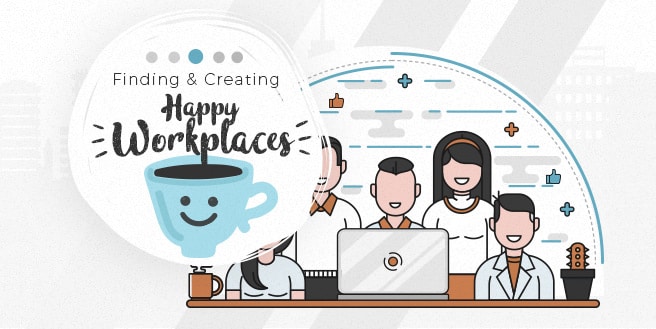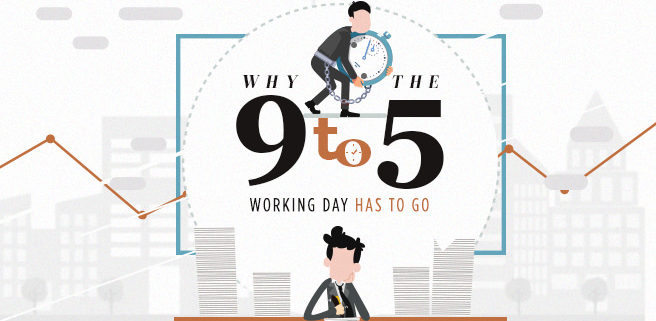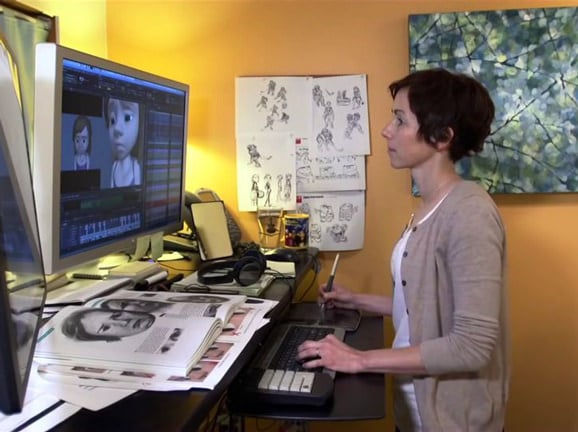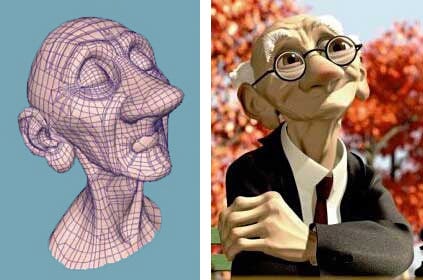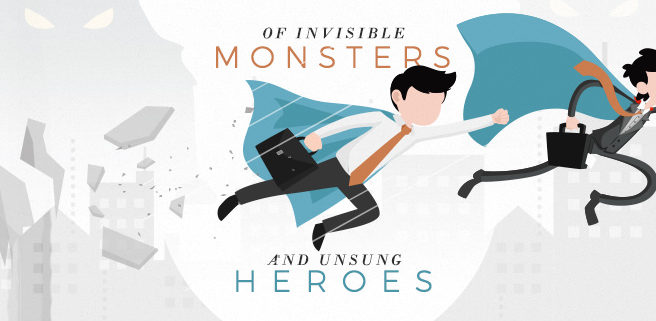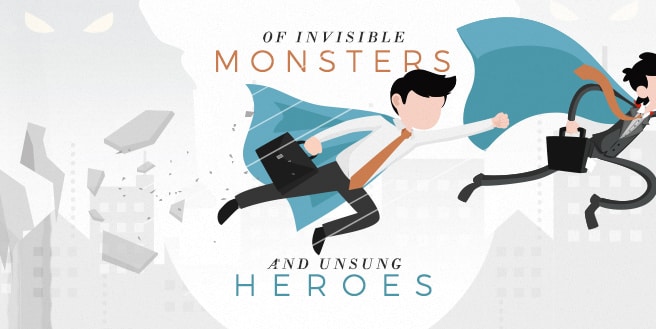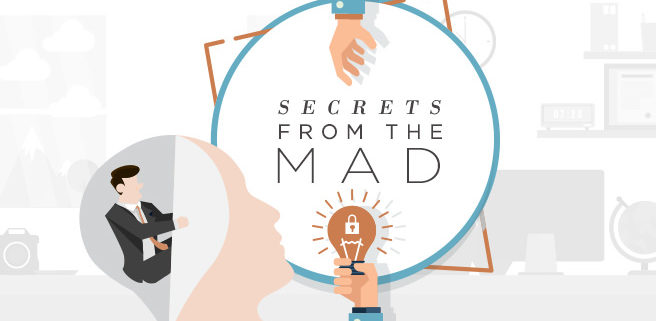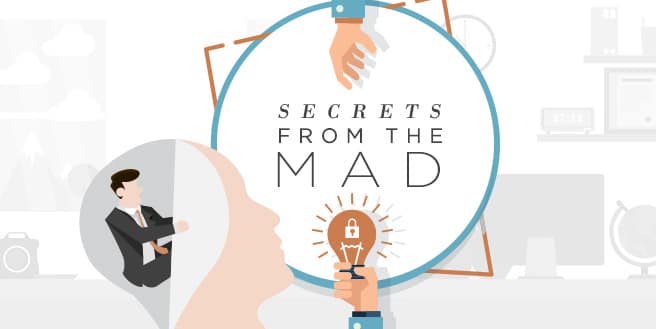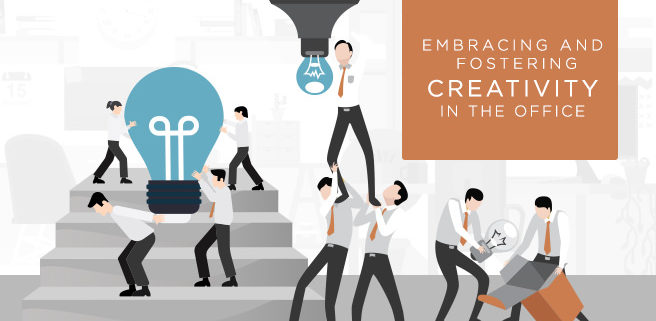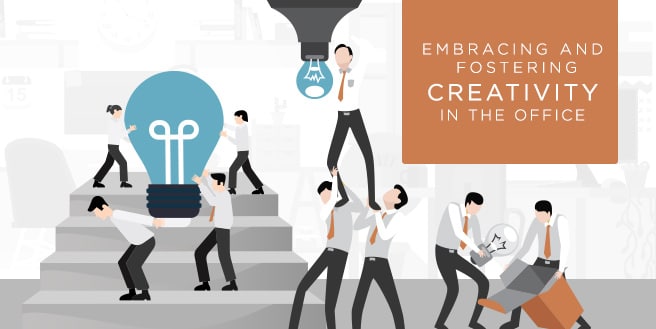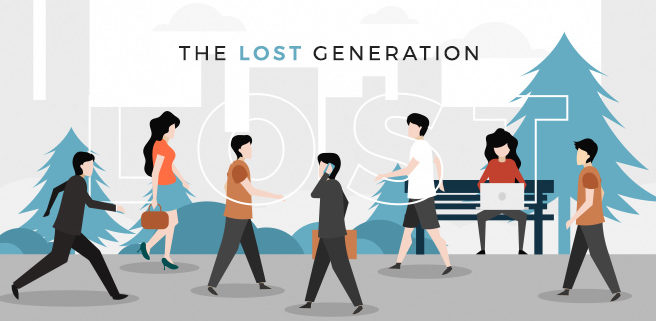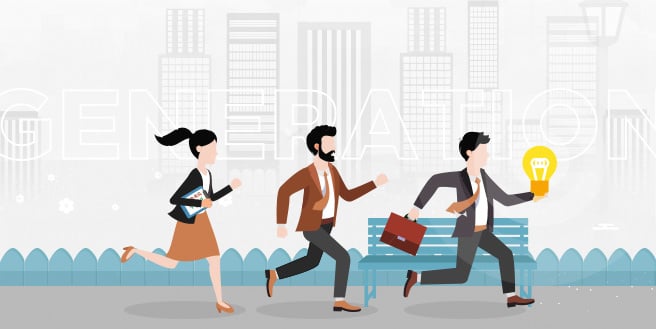Health Drawbacks of Constantly Sitting in the Office
How often do you sit down in the office? Do you ever do any sort of work while standing upright?
Most of us today doesn’t know how to answer the following question. We leave our houses to go to work and end up sitting down most of our commute. We arrive there, take a seat in our desks and start working. The only time that we spend walking or at the very least, standing, is when we go for a break. If there’s one thing that we do more than anything else in the office, it’s sitting down. In fact, an average of 9.3 hours of our day is spent stuck in chairs; quite a large number compared to the 7.7 hours of sleep that we get. It’s an activity embedded in our daily life deep enough that we barely question how much we’re doing it.
A Harvard Business Review article released last January 2013 called sitting the smoking of this generation, further elaborating that we need to get up and start moving if we want to keep ourselves healthy.
Health Drawbacks
There are several health drawbacks to spending endless hours sitting down and it affects everyone, even those who are maintaining exercise routines. A recent study based on nearly 8,000 adults have said that there is a significant connection between risk of early mortality and time spent sitting. Those who sat for less than 30 minutes had lower risks of early death compared to those who spent more down time. In addition to this, the moment we sit down several functions in our bodies are easily affected. Electrical activity in our leg muscles shut off, the time we take to burn calories drop down by 1 minute and the enzymes in our body that burn fat drops down by 90 percent. The aforementioned study also reported that those who sit 3 hours or more per day watching TV are 64 percent more likely to die from heart disease.
Daily Movement
Experts says that for every 30 consecutive minutes of sitting, there should be an allotted five minutes for you stand up and walk around at a brisk pace to reduce its health risks. Moreover, moving around also helps in increasing productivity and allows you to focus to the task at hand.
Author of the HBR article from earlier, Nilofer Merchant, also discussed how she turned her usual coffee meeting to a walking-meeting. She said that after almost a hundred of walking-meeting, she surprisingly noticed other benefits. Walking also helps fight off dementia and Alzheimer’s according to a research by US neurologists. Paying attention to posture is also important. Take the extra step by making sure that you avoid slouching or hunching over the computer during your work hours. Studies have shown that poor posture when working increases feelings of depression and cuts off circulation.
In addition to this, there are certain things that we can do to convert our offices into healthy workplaces. Standing desks can be found in a handful of offices around the world, from communal offices like coworking spaces and even private offices. If allowed, switch to a standing desk every now and then. Look for a setup that allows you to adjust your workstation and gives room for a chair to be used when needed.
The activity of sitting is pretty unavoidable taking into account the nature of our respective lifestyles. Still, health should be a priority no matter how tedious it seems to be. And in any case that you have other ideas to lessen the time spent on couches and chairs, we’d love to hear it. Also, we’ll be more than willing to help you should there be a need for a healthier workplace.

